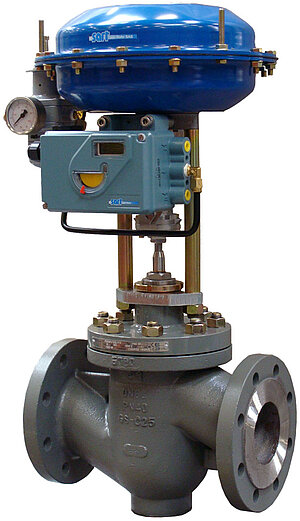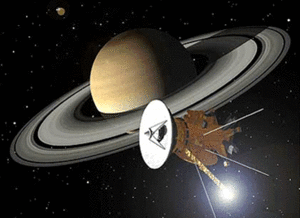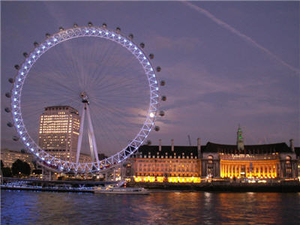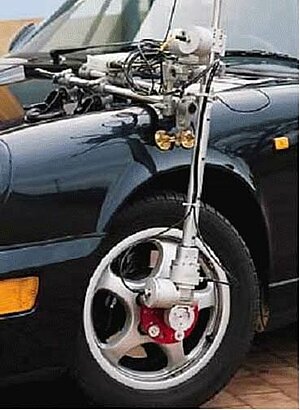Measurement and Control Engineering
Recording devices, measuring heads, sliding and rotational calibration, tilt angle, track measurements in vehicles - everywhere that long-lasting operational reliability and simple use are required, position transducers and rotary potentiometers are the right choice.
The precision in plant processes is increasing, and therefore require exact measuring. Therefore the valve position needs to be detected and controlled as precise as possible over the total working range. In many cases conductive plastic potentiometers are used in smart control systems.These sensors have- due to their high electrical resistance and the ability to run them in a clocked mode- a very low power consumption. This is an advantage over magnetic principles, as their power consumption is higher.
When the Cassini-Huygens mission to Saturn lifted off at the beginning of October 1997, a conductive plastic potentiometer from Novotechnik was on board. When the space ship reached Saturn, the sub-probe "Huygens" has been released over the moon Titan. This probe will submerge into Titan's atmos- phere and will take extensive measurements.
A rotary potentiometer controls the position of a turntable used for navigation.
The London Eye was erected on the South Bank of the Thames to mark the new Millennium. One of the design criteria was that it had to be accessible by everybody included the disabled. In order to enable people in wheelchairs to enjoy a ride, access is by means of loading ramps, the positions of which need to be measured.
The LWG transducers are fixed to the loading ramps and measure their position. This information is one of the inputs to a closed loop servo system which adjusts the ramp position in order to compensate for expansion and contraction of the wheel. As the wheel is 135 metres in diameter and fabricated from steel the movement is quite significant.
Wheel vector sensors are used for studying camber angle variations (e.g. when cornering), measuring wheel position variations, recording test courses and racing tracks for simulators.
These types of sensors therefore provide important basic characteristics for design purposes, e.g. dimensioning wheel houses, wheel suspension systems or determining the stress of the material of the tires.
The five P-6501 included in the wheel vector sensor detect all motions of the wheel. Based on a vectorial computing process, the wheel positions are calculated from the sensor signals. The wheel vector sensor outputs individually the measured data of P-6501 in proportion to the motion.






